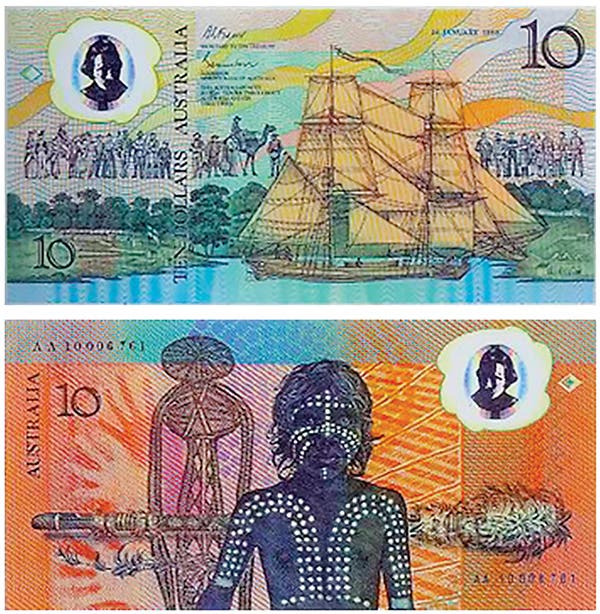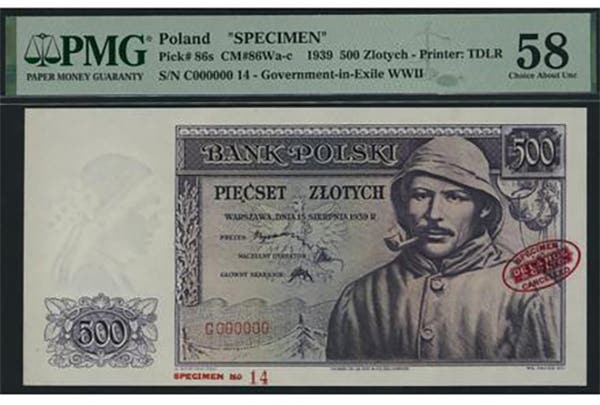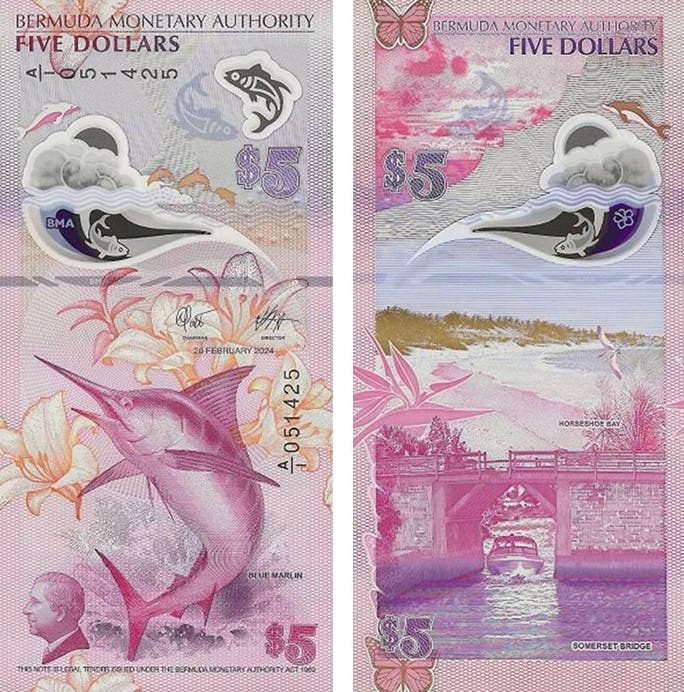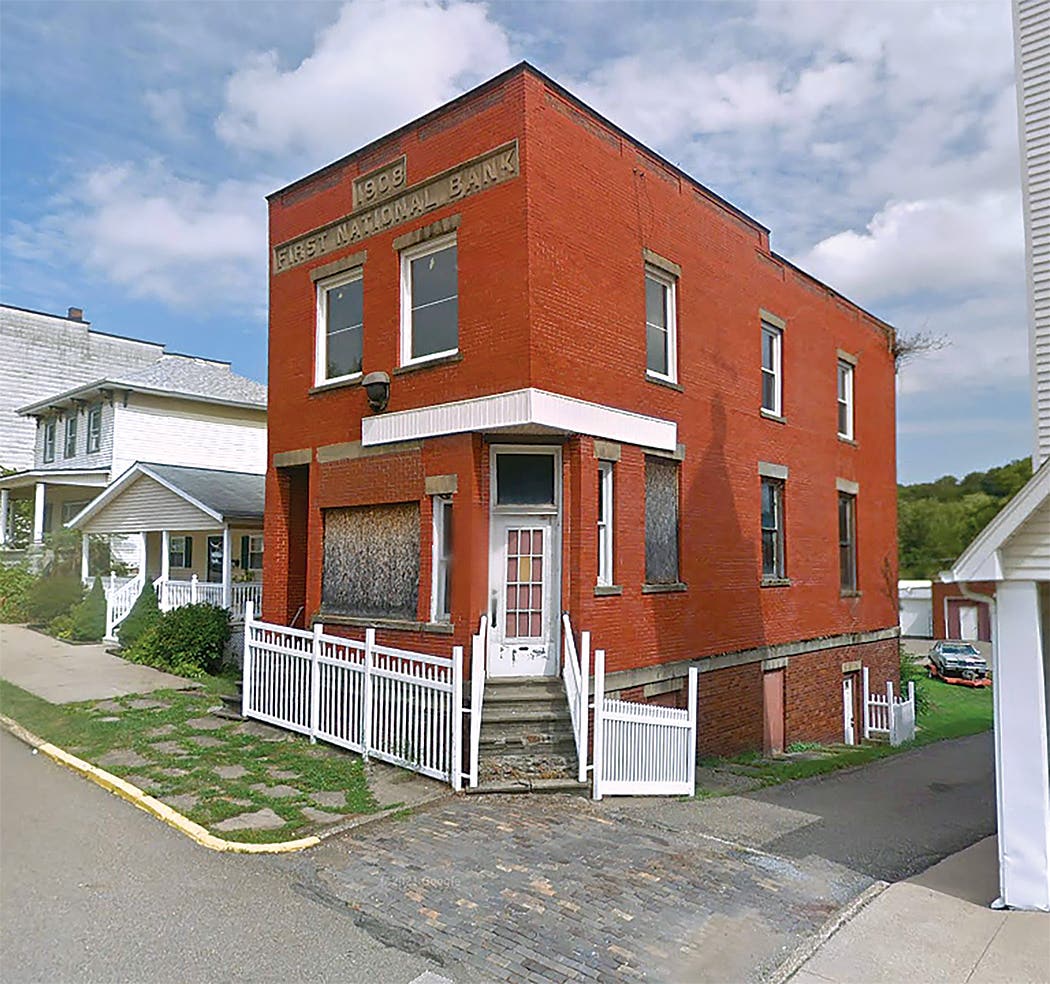1913 note featured dreadnought
By Kerry Rodgers This past June Britain marked the centenary of the Battle of Jutland. For the Germans it was the centenary of the Battle of Skagerrak. Whatever the name,…
By Kerry Rodgers
This past June Britain marked the centenary of the Battle of Jutland. For the Germans it was the centenary of the Battle of Skagerrak. Whatever the name, it was the largest naval action of World War I.
The participants were Britain’s Grand Fleet vs. the Imperial German High Seas Fleet. Both fielded dreadnought battleships: 28 from Britain and 16 from Germany.
One of the British dreadnoughts features on the face of the Royal Bank of Canada’s $10 of Jan. 2, 1913 (P-S1379): HMS Bellerophon. This was the No. 1 ship of the second type of dreadnought developed by the Royal Navy. Her bank note image displays all that characterized this relatively new weapon from her “all-big-gun” armament to her twin tripod masts. The only thing not immediately obvious is her innovative steam turbine propulsion.
The Royal Navy began to build dreadnoughts in 1905 with the appointment of John Fisher as First Sea Lord. The first was completed in 366 days. Appropriately it was named HMS Dreadnought.
While the new ship was revolutionary it was immediately obvious it had shortcomings. Within a month a new improved version was laid down. This would be HMS Bellerophon.
First and foremost Bellerophon’s secondary armament of 16 single-mounted 4-inch guns was a marked upgrade allowing her to cope with the new generation of larger torpedo boats. Her anti-torpedo protection was improved with installation of continuous anti-torpedo bulkheads running from the front of the fore magazine to the rear of the aft magazine. Two instead of one tripod masts were shipped to facilitate peacetime roles.
Otherwise, like Dreadnought her main armament consisted of five twin-mounted 12 inch (305mm) guns.
She was launched inside seven months in July 1907. Her sister siblings Temeraire followed in August and Superb in November.
At the outbreak of the war Bellerophon joined the 4th Battle Squadron where she remained until 1919.
Bellerophon, Temeraire and Superb all participated in the Battle of Jutland/ Skagerrak. All three survived to tell the tale with Bellerophon firing sixty-two 12 inch rounds and receiving no damage.
Further advances in battleship design saw all three declared obsolete at war’s end. Bellerophon was scrapped in 1921.
And in case anyone was wondering The Battle of Jutland/Skagerrak was a classic Pyrrhic victory. When the firing stopped Britain would continue to rule the seas with the Germany fleet penned-up in port for the remainder of the war.
However, the much vaunted Royal Navy had been badly mauled: 14 British ships (117,000 tons) lost and 6,094 killed against Germany’s 11 ships (63,000 tons) and 2,551 killed. Consequently it can be seen why both sides claimed a victory of sorts.
But the British public were in no two minds as to who had lost. They booed and jeered the Royal Navy and its dreadnoughts upon their return to port.
This article was originally printed in Bank Note Reporter.
>> Subscribe today or get your >> Digital Subscription
More Collecting Resources
• The Standard Catalog of United States Paper Money is the only annual guide that provides complete coverage of U.S. currency with today’s market prices.
• Purchase your copy of The Essential Guide to Investing in Precious Metals today to get started on making all the right investing decisions.








